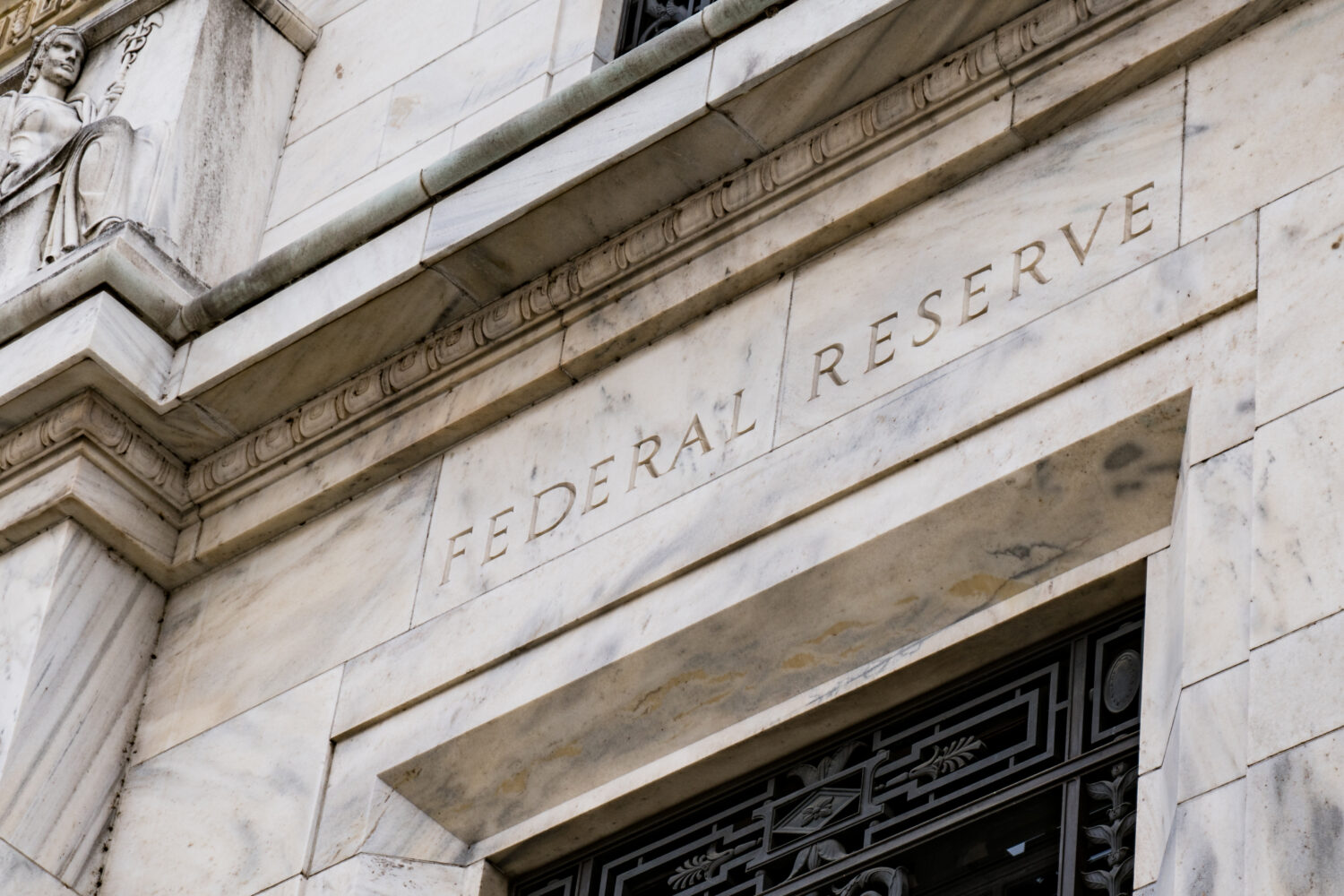Fed hike still on the cards despite banking sector stress, experts say
As the FOMC’s decision approaches, experts are divided on what the Fed should do. Some worry about financial instability after recent events, while others remain optimistic
As the FOMC’s decision approaches, experts are divided on what the Fed should do. Some worry about financial instability after recent events, while others remain optimistic

In the lead-up to the Federal Open Market Committee (FOMC) meeting this week, experts continue to weigh in on the policy decision facing the Federal Reserve.
While some have expressed concerns about financial stability in the wake of recent banking sector volatility (the collapse of SVB Bank and acquisition of Credit Suisse included), MIT’s professor Simon Johnson holds a more positive outlook.
Johnson, who is professor for global economics and management, told The CFO that careful thought and appropriate cash management by CFOs could help mitigate any potential risks.
“I have every confidence that CFOs can get ahead of this through careful thought and appropriate cash management,” says Johnson.
When the FOMC releases its statement this week, Johnson says corporates should be looking to answer whether the Fed still focused on bringing down inflation, or do they need to pause in order to create space for measures that strengthen financial stability?
“Everyone is seeking appropriate levels of protection for their cash balances. But there is still a risk that these shifts may cause additional complications,” he says.
Meanwhile, chief US economist at Capital Economics Paul Ashworth has predicted that with regional bank stocks rebounding, the Federal Reserve will probably continue with a 25-basis point rate hike but notes it will be a “close call”.
“As things stand now, we just about think the Fed will hike interest rates by 25bp next week – albeit balanced with a more dovish statement,” says Ashworth.
This differing viewpoint highlights the complexity of the issue facing the Fed at the upcoming meeting – balancing the need to maintain inflation control with ensuring financial stability.
Since the Fed’s February decision – when the FOMC voted to raise interest rates 25 basis points to 4.50% -4.75% the global banking system has witnessed unpredictable volatility.
On March 8, SVB Bank collapsed following a bank run on its deposits. The US government stepped in to protect customer deposits and has since HSBC announced plans to purchase SVB’s UK arm. Prior to its collapse, it was the 16th largest bank in the US.
On March 15, Credit Suisse saw its shares fall by as much as 30% prompted by comments from the bank’s largest shareholder, Saudi National Bank (SNB) that said it was unable to stump up more cash because of regulatory restrictions limiting its holding to below 10%.
The bank has since been rescued by UBS following a myriad of emergency talks, but European bank shares have been impacted. When European markets opened on March 20, shares in Credit Suisse slumped 60%, they have since rebounded. UBS is now down 8% compared with an earlier slide of 13%.
Germany’s Deutsche Bank and France’s BNP Paribas were also hit, although shares in both have since recovered some losses. BNP is still down about 3% and Deutsche Bank 4%. In the UK, shares in Standard Chartered, HSBC and Barclays also took an early hit. This sharp sell-off of European shares follows a similar pattern during Monday’s trading in Asia.
When stock markets in the US opened on March 20, the main indexes on the New York Stock Exchange were broadly flat in early trading. The Dow Jones and the S&P 500 indexes were both up marginally while the Nasdaq was down slightly.
Despite this volatility, Ashworth says the Fed will still push ahead with a 25bp hike; the inevitable pull-back in bank lending means the Fed should be cutting before year-end, he says.
He adds that events of the last week are a timely reminder that not only does tighter monetary policy work with a considerable lag, but the effects do not feed through gradually and smoothly.
“Historically, when the Fed has been this singularly focused on squeezing inflation by jacking up interest rates – it often ended up breaking things,” Ashworth explains.
“The savings and loan crisis, Asian currency crises, the bursting of the dotcom bubble and the collapse of the housing bubble – which ultimately triggered a global financial crisis – were all, at least in part, triggered by the Fed’s monetary policy tightening.”
Ashworth notes that Fed officials might want to take the time to reassess whether they have already “done enough” to weaken demand and, given that it is a lagging indicator, bring inflation down.
He adds Fed officials could use the new rate forecasts in this week’s Summary of Economic Projections to illustrate that, even if they pause next week, they still expect to resume rate hikes later this year when the banking crisis has abated.
The first-quarter AICPA & CIMA Economic Outlook Survey published earlier this month found that US business executives are still concerned about the economy but have grown more optimistic about revenue and profit expectations and other key indicators for the coming year.
The survey polls CEOs, CFOs, controllers, and other certified public accountants in US companies who hold executive and senior management accounting roles.
According to the survey only 23% of business executives expressed optimism about the US economy’s prospects over the next 12 months, showing progress from last quarter, the survey however states that when only 12% felt that way and that it is the measure’s lowest level since early 2009.
The survey also found that inflation, rising interest rates, and geopolitical concerns all continue to dampen the US. outlook. Ninety percent of participants said they were concerned about recessionary impacts.